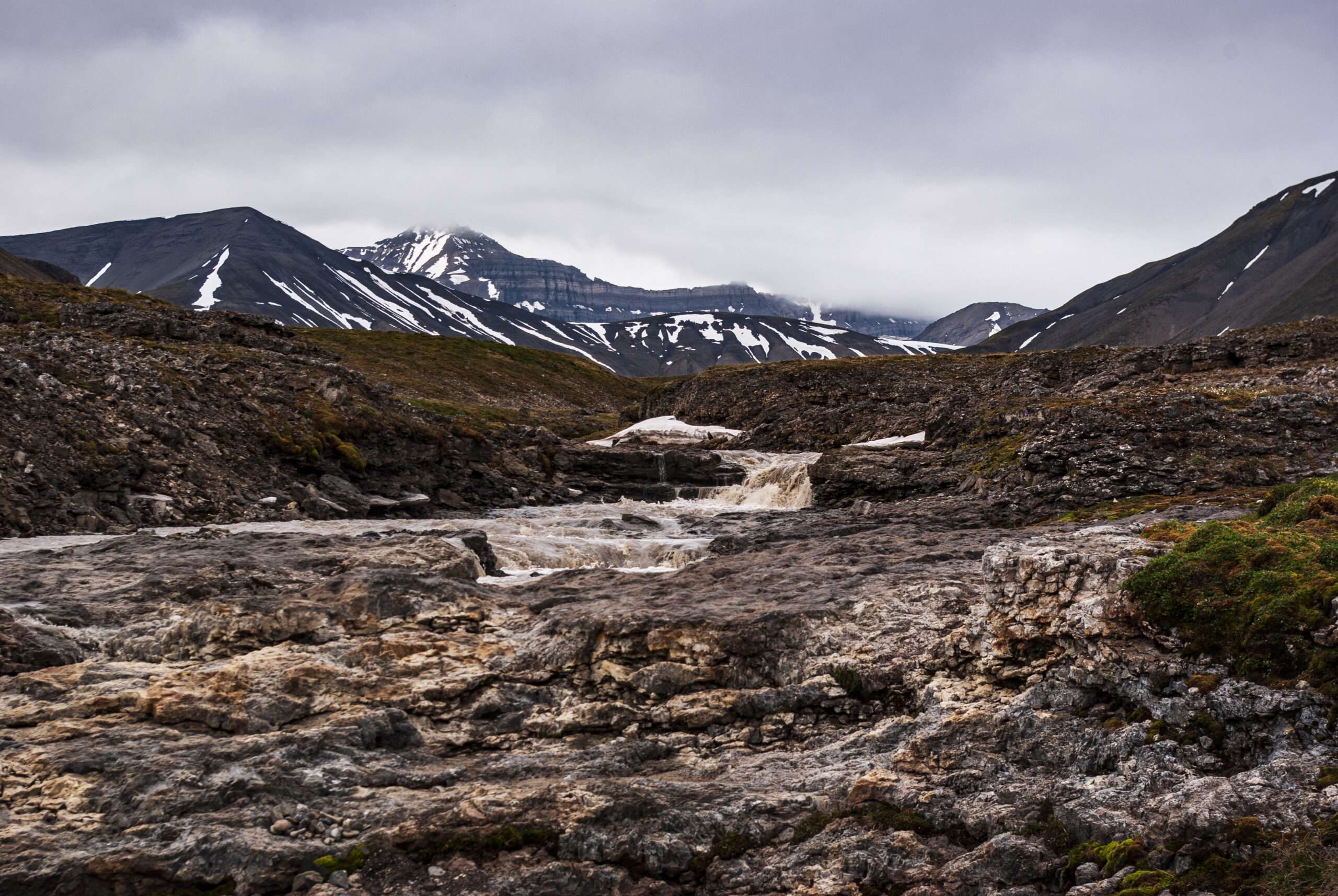The Arctic is named after the northern star constellation “Arktos”—Greek for “bear”. It consists of the Arctic Ocean and surrounding landmasses. Depending on the definition of the Arctic, between 14.5 million and 30 million km2 of the Earth’s landmass, (1/6th) belonging to the Arctic.
The Arctic has been inhabited by humans for close to 20,000 years. Currently, eight countries have land within the Arctic: Greenland/Denmark, Iceland, Norway, Sweden, Finland, Russia, the USA and Canada.
Definition of the Arctic
The most simple definition of the Arctic refers to the area north of the Arctic circle:
- The approximate southern limit of the midnight sun and the polar night. This means the sun doesn’t set on the summer solstice and does not come above the horizon on the winter solstice.
- These limits are not entirely fixed and fluctuate slightly on a geological timescale.
Other definitions are based on specific environmental or ecological characteristics:
- 10°C summer isotherm, where the average temperature of the warmest month (July) is below 10°C.
- 4°C summer isotherm for the high Arctic.
- The northernmost tree line, which roughly follows the 10°C isotherm.
- Arctic Portal: arcticportal.org (maps)
- Polar Discovery: polardiscovery.whoi.edu (maps)







